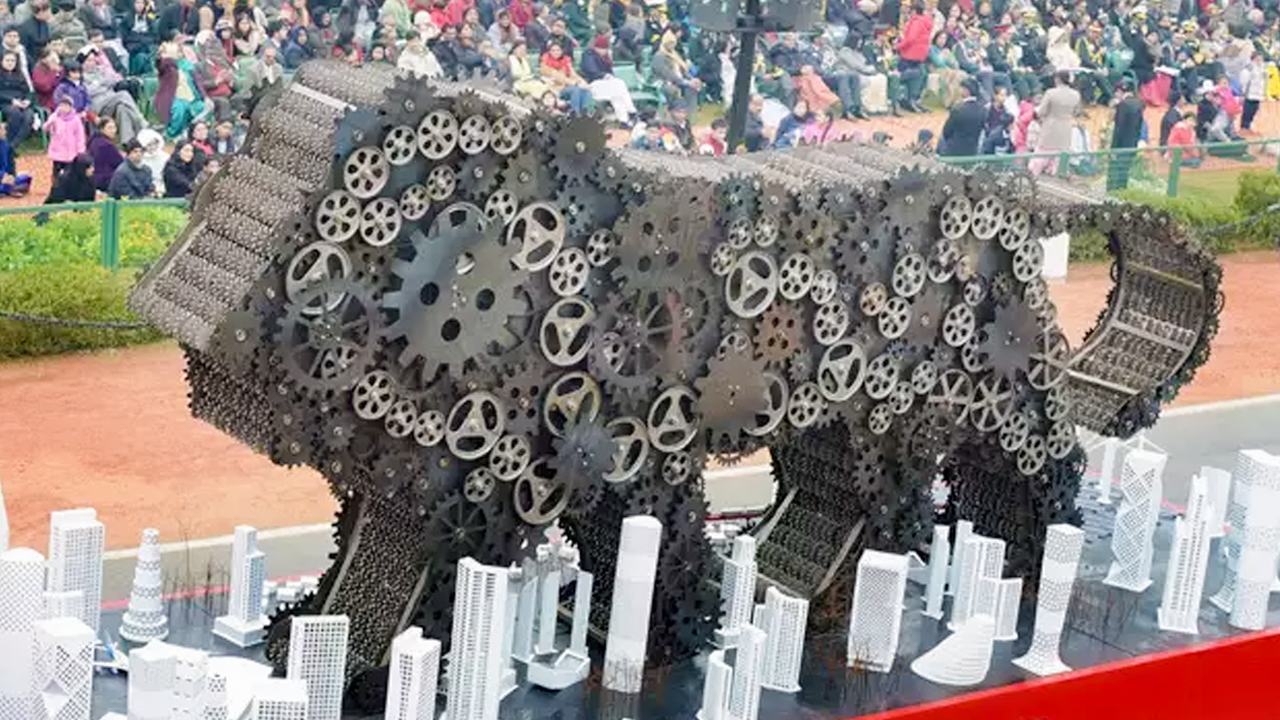Make in India Scheme a success?
Make in India Scheme a failure
Narendra Modi, Prime Minister was right as he said his highest priority of his government was to ‘Make in India’ and asked the manufacturing companies in the world to ‘Make in India’.
Initiating an attempt such as ‘Make in India’ is amazing and saying ‘Make in India scheme a failure’ is premature. This is because it took more than 20 years to become power houses even for countries such as Taiwan, Korea, Japan, and China. So, expecting a progress within a period of 3 years is asking for too much. Definitely it will consume more than 2 decades as our India’s competition is with China that is a giant with trade surplus and China is highly developed to kill any competing industry at its own will. In fact, even the USA and Japan lag behind to compete China in several industries.
There will be many decisions that need to trounce this status quo, which means it will appear to hurt or hurt consumers. At the first point, India must stop importing Chinese products that can be manufactured or made in India, despite the fact that it costs a big high, may be 50 to 100%. In fact, with imports, indirect costs are involved and a common man cannot see it. Thus, if we save in hard currency anything, it is a benefit. The dollar may be used for absolute essentials such as import oil for power generation, industrial uses, water pumping, transportation, and many others that will make a competitive industry. The Indian rupee right now can bring nothing as it is worthless practically to consider for import.
Importing from China means again we pay the penalty of losing our foreign exchange value and are feeding their trade surplus that is promoting the military capability and expenditure of Pakistan. Now, this compels India to get more weapons as import so that the threat is kept in check. Thus, the additional foreign exchange is lost that may have been of great use had India got an opportunity to use for oil imports.
Restricting imports can facilitate local manufacturing and once the local manufacturing becomes efficient the volume will show an increase. Precisely, industrialists will also save a lot and stay peacefully as they invest in industry in India. They also will think twice before spending on advanced manufacturing techniques and research and development, if they are confident that they can sustain the presence of China. Here, the solar panels tariffs to get the solar industry in India above the ground is a stunning idea and with time it will become efficient.
Naturally, there is a need for some precautions so that the industrialists feel comforted and refrain from abusing this step of protection from imports. Nevertheless, once the volumes of manufacturing increase, the same industrialists will agree to invest for their own good in the manufacturing efficiencies. LG and Samsung of South Korea are the best examples revealing success employing the same technique.
There is one thing to be understood seriously that today competing insists on desperate techniques, and is not a cake walk. Here it is clear that ‘Make In India scheme’ is not a failure, but of course it did not receive the right momentum as required.
The ‘Make In India Scheme’ was a slow progress and there is no point in blaming the Government of the Prime Minister. In fact, this step ‘Make In India’ is praiseworthy as it is an initiative taken to promote the industrial growth of India taken by the Government. To trigger or to initiate in the industrial area a new work culture, it must have a proper ground work and base so that the future mechanism of the industries stand firmly.
For instance: India’s defence purchase around 75% is from foreign and so a big chunk goes to foreign vendors so that they supply for Indian defence forces the required Indian arms and ammunition.
Aiming to minimize such foreign procurements by starting defence goods local manufacturing with foreign partners, regardless of the concerned authorities with whom India will tie up means there will be technology transferred to start the production with an Indian private or public partner. Thus there will be a new production atmosphere for defence production and it will be among local players making India produce with fewer budgets.
This is an objective of ‘Make In India’ that will bear fruits, though there is a need to be optimistic about success.
Make In India’ is not a failure. It has not hurt nor helped anyone overtly, but it has certainly brought to light that opportunities exist in India for manufacturing. In India the manufacturing industry for a decade and more has stagnated completely, remaining the same for over thirty years. This notion that India has taken to offering services than to development has entirely made the manufacturing capabilities skip from hands.
Actually, even today, the world class exported products are India produced. Hyundai, the car manufacturing largest plan is in Chennai. Even Renault-Nissan, Volkswagen and Suzuki have a large working going on in India. Not much beyond is Honda, Ford, Toyota and other firms making entries into India in the early 1990s after the permit Raj came to an end.
In fact, high tech manufacturing will surely take some time to make India its home, but it is happening with the likes of Xiaomi and Apple having plants set up here.
Technology firms also have started to embrace ‘Make In India’ and this is apparent from many tech start-ups obviously emerging in and around Bangalore.
‘Make In India’cannot be taken lightly and this is an old story. India is an attractive destination for its lower costs. The ‘Made in India’ brand will not happen very soon is also true, but it can be seen as a starting point to bring a revolution such that India prowess in quality manufacturing. This game will go long and it took time for Korea and Japan also to reach the quality manufacturing scales. India will definitely turn into a manufacturing based, keeping with the same yardstick and will get better.




